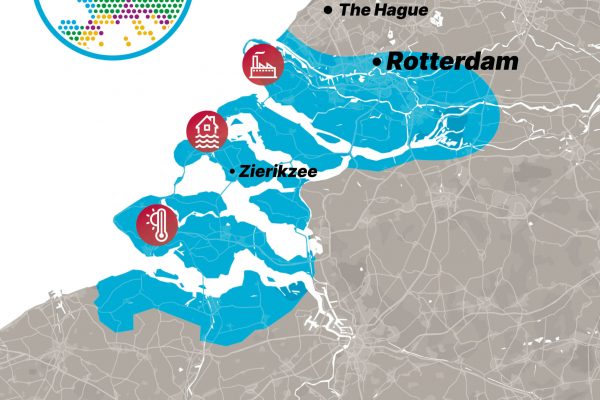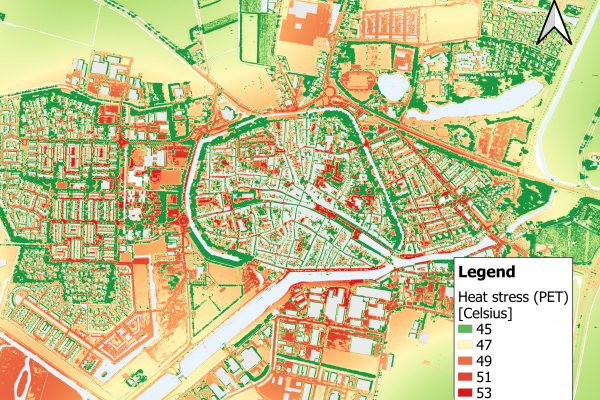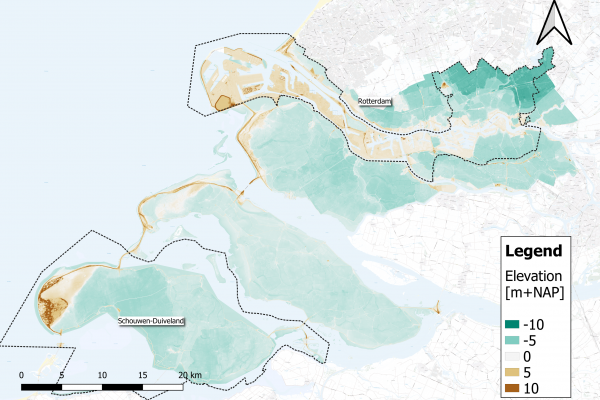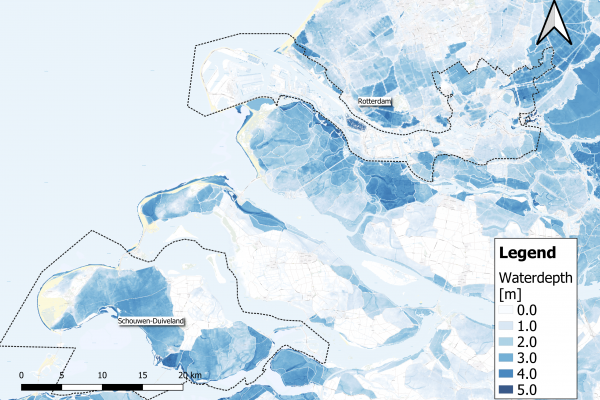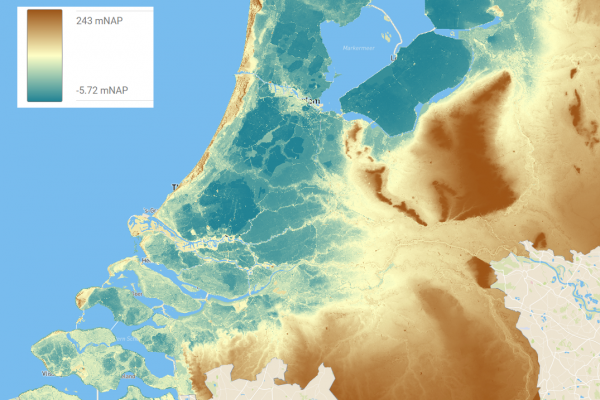Demonstration sites
Testing and knowledge building
IMPETUS has demonstration sites in 7 of Europe’s 11 biogeographical regions, as defined by the European Environment Agency. In these sites, our project teams are:
- testing various relevant technologies and nature-based solutions that will mitigate the local impacts of climate change;
- engaging with local communities, policy-makers and businesses in co-creation of knowledge, policies and innovative approaches relevant to their situation;
- encouraging ‘ownership’ of adaptation measures by local stakeholders so they sustain activities after IMPETUS project ends;
- gathering knowledge about scientific, technical, social and policy developments in local ‘Resilience Knowledge Booster’ (RKB) hubs;
- knowledge sharing at local and regional level through events, learning materials, promotional activities etc. centred around the RKBs.
IMPETUS results will be further disseminated and amplified by:
- coordinating with related projects;
- interconnecting the RKBs with other active communities and organisations to share lessons learned more widely across Europe.
Coastal demo site
Prognosis Current climate impact trends will exacerbate existing problems regarding water supply, biodiversity loss, flooding and salination. Situation The 600km
Continental demo site
Prognosis Berlin faces increasing drinking water challenges due to rising demand from population growth and more frequent droughts. An expected
Mountains demo site
Prognosis Rapid climate change impacts will lead to increasing conflicts in water and land usage, for this reason IMPETUS is
Boreal demo site
Prognosis 2050 By the middle of this century, increasing agricultural development will intensify pollution and biodiversity loss, while climate change
Mediterranean demo site
Prognosis 9,600,000 inhabitants and tourists annualy. Behavioural change among millions of inhabitants and visitors is needed: a pattern of increasing
Atlantic demo site
Prognosis Current climate trends will exacerbate flooding risks – from rising sea levels and more frequent extreme weather – and
Arctic demo site
Prognosis 260 % higher losses from disasters such as landslides in the past ten years, compared to the previous 30
Pan-European Solutions
IMPETUS is also developing several “Pan-European” tools that can be used in any European territory to support climate resilience:
- The Hot-spot Identification and Prioritization Service – HIPS * is a service for identifying and prioritizing European NUTS-level regions that are exposed to climate risks, and are vulnerable or have low adaptation capacity. Users can explore various datasets and combine them to perform climate hot-spot analysis.
*Please note that the service is still in beta phase. A more complete version will be provided in due course.

